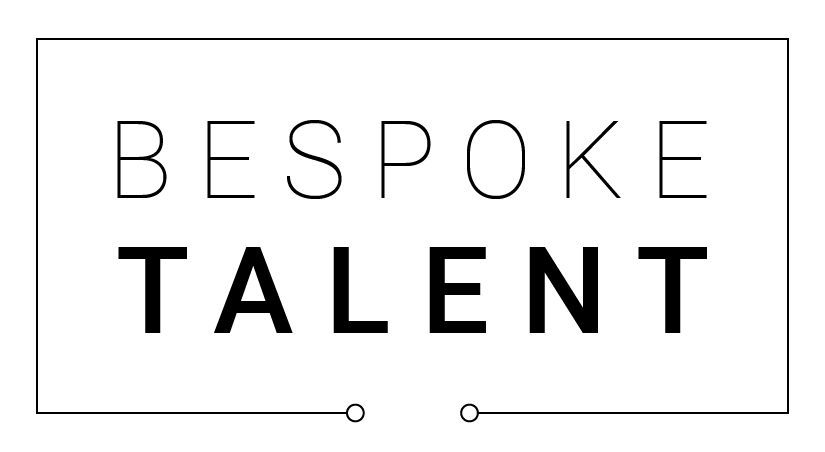Day 3/7: 7 Days To A Better LinkedIn Profile
This is Day 3 of a 7-day article series that was kicked-off by”4 Ways You’re Looking at Your LinkedIn Profile Wrong and 7 Days to Fix It” and is designed for any sales person, whether happy or looking. It offers profile ‘must-haves’ and attempts to anticipate objections.
Today, I’m asking you to think about your profile narrative and is by far the anchor piece of this series. Expect to spend anywhere from 3 hours to 3 days on this one.
Before a prospect takes a meeting with you, or a hiring manager/recruiter conducts a screening of you, they’ve already constructed a hypothesis of who you are based on your LinkedIn profile. Consciously or unconsciously, they’re trying to figure out your DNA, and they need to find answers to these questions: Who are you, really? Is selling (presenting value) in your blood and can you help them get the job done? What’s your life trajectory and why did you make the choices you made? What did you learn from those choices?
Your LinkedIn profile is a professional story of who you are. If you’ve not faced any bumps, congrats– you’ve had a steady, predictable trajectory in terms of logical decision making matched with luck.
If you’re all over the board in terms of what you’ve done, and/or had some bumps along the way, in my opinion, that’s okay. But it’s your job to weave the bumpy times and successes together into your story to illustrate that they all helped make you the successful performer you are today. You can’t ask the audience to put the story together for you. Well you can, but you probably won’t like what they come up with.
A hiring manager recently told me, “…and make sure they’ve made some mistakes and learned from them. I don’t want to bank-role them while they learn things.” Pretty real and rad thing to say, but his point is: make sure ‘mistakes’ are buttoned-up, they are learned from and they won’t happen again. Mostly, you can address these in an interview, but start with creatively weaving them (the professional ones) in your profile narrative. Own it and get in front of it.
So, how to build the narrative? Pretty similar to how you sell products, except, YOU are the product. Keep your messaging simple, repeatable, and provable. Take time with this one. Good sales people know that this task is the hardest part of selling. Ask yourself these questions:
What are the one or two character qualities that make you, you?
How have those character qualities helped you navigate and excel in your career path?
What and where are some examples of how those character qualities have worked for you?
What’s the one not-so-flattering thing colleagues/bosses/partners would say about you if asked?
Pay particular attention to #4, given how frequent backdoor reference checks are. Get in front of this. Do your best to extract the admirable qualities from a harsh label.
An example: A woman once told me she is an “ankle-biter.” Back-door references might suggest she’s a pain in the a*s to work with (she might be), but if she can get in front of this, she might sound like someone who is tenacious enough to be able to get things done internally to get a deal done. She highlights her “ability to align internal teams to attain innovative customer requirements which resulted in 40% of annual quota attainment.” How did she customer-ready this ankle biting character quality? She chooses customer-friendly terms like committed, determined, tenacious, etc. and highlights her ability to deeply understand organizational needs and create custom value statements with clear roadmaps. Rather than going over the top on highlighting what she’s done, she asked her customers to provide an endorsement of their experience of her contributions, highlighting her character qualities. Voila.
Now you: Start with your LinkedIn profile summary, and keep it brief in regards to the point you’re trying to make (see #1-4 above). Then, infuse supporting arguments within each role you’ve had, and/or even better, get some LinkedIn endorsements to say it for you. If you’ve had bumps and/or learnings, creatively address them in your summary – show the authentic you!
Extra credit if you publish a video or article on what you’re really interested in. These are a window into to how you think and who you are. Again, make sure everything you publish supports your narrative.
Final note on the narrative, and please don’t think I’m a jerk: In general, hiring managers, customers, and prospects don’t really want to know about your hobbies. They don’t suggest how you’ll represent their organizations well and/or help them get a deal done. Matter of fact, some might make them think you won’t (recall the “fish” example from Day 1). If you’re not convinced of this, consider how home stagers remove personal items (family pictures, toothbrushes, children’s refrigerator art) from view. These distract potential buyers from examining the fundamentals of a house: design, layout, structure. Buyers (hiring managers) want to live (understand) in to the possibility of living (hiring) in that home (You). You should do the same; ready your profile to showcase the most important features of you and your career, not the side-notes and personal effects.
The exception to this? Activities or interests that support your narrative and/or additional characteristics you want hiring orgs to learn about you: You were/are athlete (says “I’m competitive”). You are a veracious reader (says “I’m curious/smart”). You’re on the board of directors (says “I’m a leader/wise”), etc.
So, to summarize up the Day 3 profile narrative posting improvements, a final and recurring point: YOU are the product you are selling through LinkedIn. If you have no narrative, your profile is only as good as a product spec, without the product purpose, value proposition, cool demo or intrigue. Snooze.
Go sell your product! Woo!
